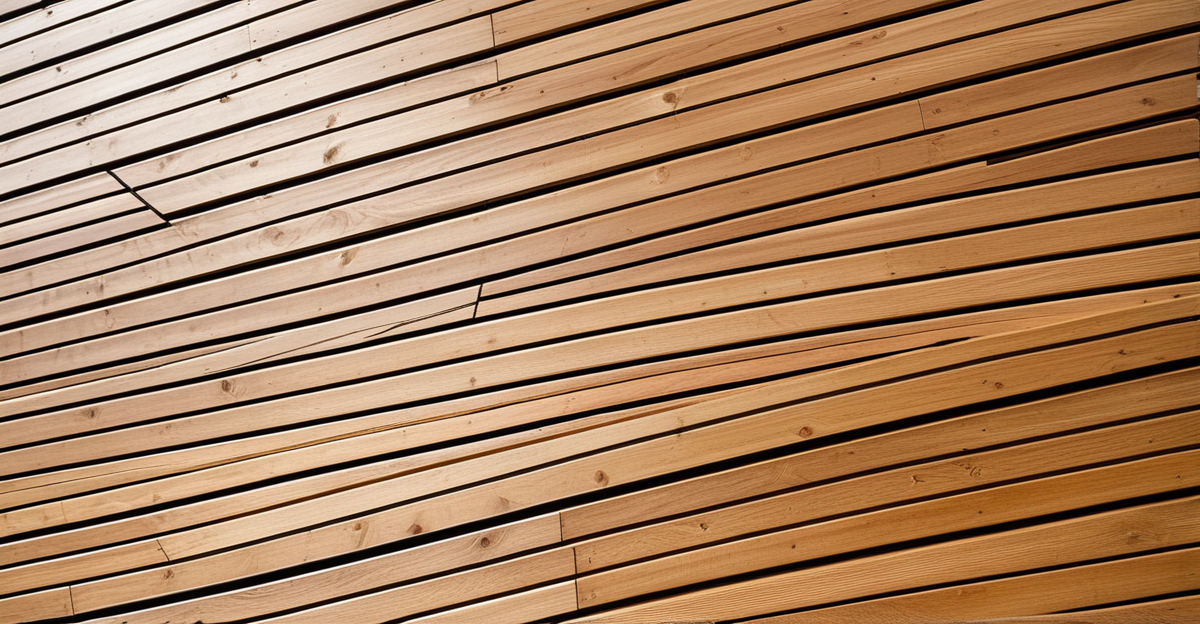Wood cladding transforms facades, blending beauty with functionality. With various options available, choosing the right type can elevate your home’s aesthetic while offering durability and low maintenance. Explore cladding choices—from the eco-friendly Bardage Douglas to the elegant Bardage Mélèze des Alpes. Dive into this guide for insights on types, pricing, and tips to select the perfect solution for your outdoor space. Your ideal facade awaits!
Overview of Wooden Cladding Options
Wooden cladding is a popular choice for those seeking an appealing facade option. The primary types include natural Douglas fir, Siberian larch, and Montana spruce, each offering unique attributes like aesthetic appeal and durability. Notably, the bardage en bois provides excellent insulation, making it not only a beautiful but also a practical choice for external facades.
Have you seen this : Essential Draught-Proofing Methods for Preserving Your Charming Lake District Farmhouse”
Opting for wood adds numerous benefits absent in other materials; it is naturally insulative, thus enhancing energy efficiency. Additionally, wood is an ecological material that supports sustainable practices. Its availability in a variety of finished and untreated forms gives an array of design possibilities, impacting the overall facade look.
When compared with alternatives like aluminum or fiber cement, wood delivers a warmer aesthetic and naturally blends with different architectural styles. Whether for a contemporary design or a traditional look, wood has versatility that other materials lack. Managing maintenance with treated woods reduces long-term costs, ensuring that wood cladding remains an economical choice.
Also read : Top Strategies for Managing Slugs in Your Organic UK Garden
Popular Types of Wooden Cladding
Douglas Wood Cladding
Douglas wood cladding is prized for its stability and ecological benefits. Known for durability and natural resistance to decay, Douglas is a preferred choice for outdoor applications. Additionally, its aesthetic appeal is enhanced by the warm tones this wood offers. Priced around €34.35/m², the investment in Douglas cladding pays off with reduced maintenance and robust protection against the elements.
Larch Wood Cladding
Larch wood cladding, particularly the Siberian variety, boasts impressive durability due to its denser structure. Priced at about €55.69/m², this wood offers great durability and resistance against severe weather conditions. Larch is ideal for those seeking a balance between beauty and longevity, with its unique color changing over time into a silver-grey, adding character to any facade.
Spruce Wood Cladding
Spruce wood is a more budget-friendly option, typically priced from €49.38/m². Cladding made of Spruce, like the Sapin Montana, is often treated to enhance its longevity and aesthetic appeal. Such finishes make it a viable and economical choice for those seeking to maintain a natural wooden look without the associated high costs of more premium alternatives.
Installation and Maintenance of Wooden Cladding
Key Installation Techniques
Successful installation of wooden cladding hinges on selecting the right fasteners and keeping an eye on spacing for thermal expansion. Begin by ensuring the surface beneath the cladding is smooth and equipped with adequate ventilation. Use rust-resistant fasteners to enhance durability, especially in climates prone to humidity. Carefully follow manufacturer’s guidelines for each wood type to ensure optimal stability and appearance.
Maintenance Tips for Longevity
Regular maintenance of your wooden cladding is essential in preserving its aesthetic appeal and structural integrity. Implement a schedule for cleaning to remove dirt and mildew, using gentle cleaning solutions that prevent damage. Choose protective treatments such as oils or stains to guard against UV rays and weather conditions. For treated woods like autoclave-treated cladding, lesser maintenance is required, extending the life of your wood.
Choosing the Right Wood for Your Climate
When choosing wood, consider your area’s climate to optimize longevity and performance. Douglas and Mélèze are popular choices for their ecological benefits and resistance to weathering. For humid environments, opt for treated woods to minimize upkeep. A well-informed choice can beautifully surround your home while meeting practical needs.


